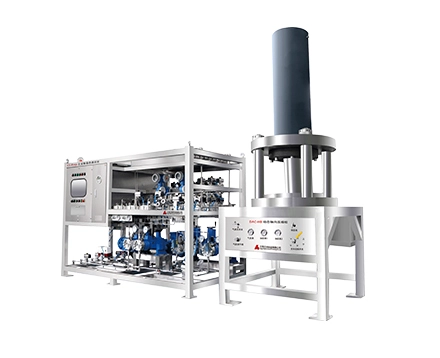
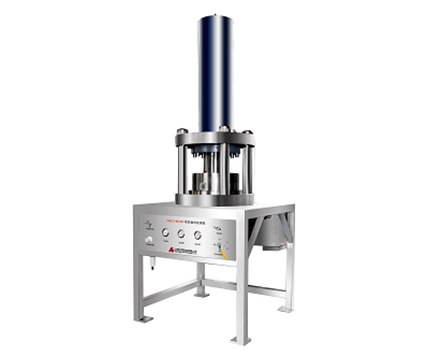
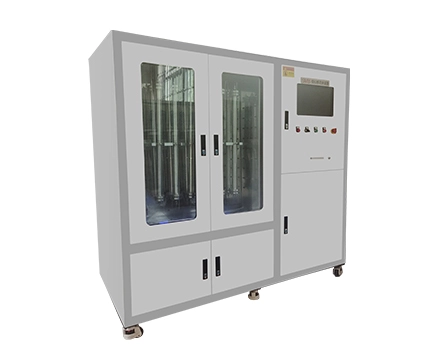
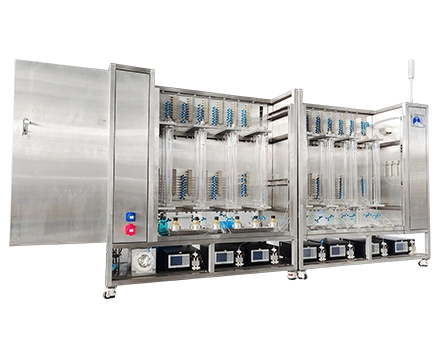
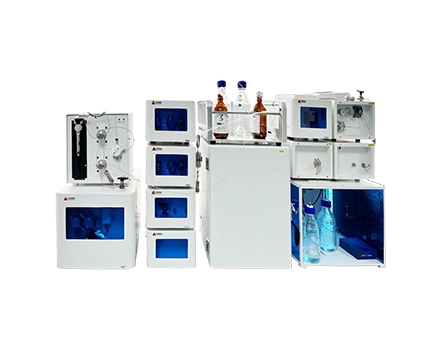
Chiral chromatography relies on the use of a chiral stationary phase, which is a solid or liquid material capable of differentiating between enantiomers. The chiral stationary phase interacts selectively with the enantiomers, leading to differences in their retention times or elution orders. This separation is based on the differences in their molecular interactions, such as stereoselective adsorption or formation of inclusion complexes.